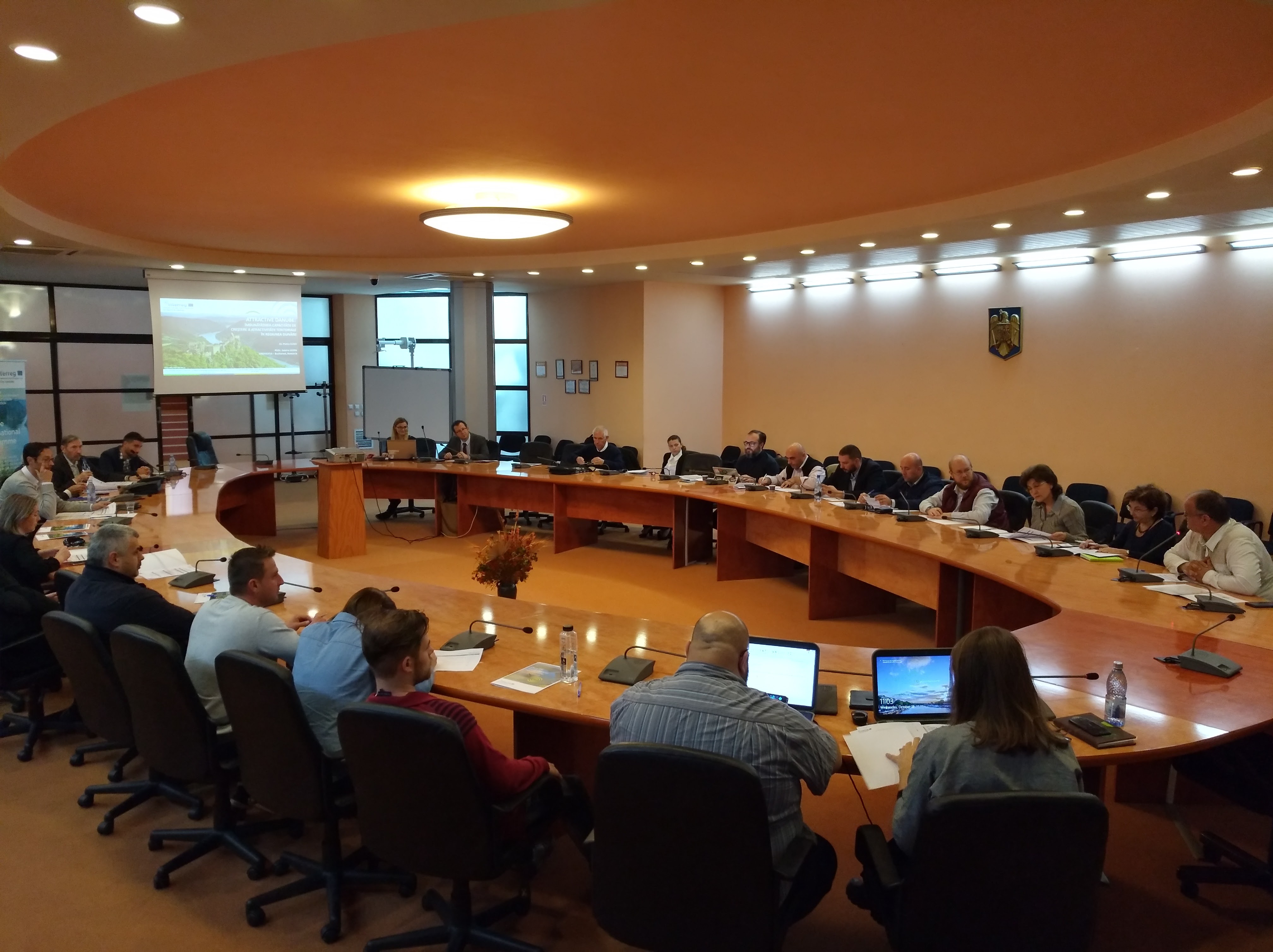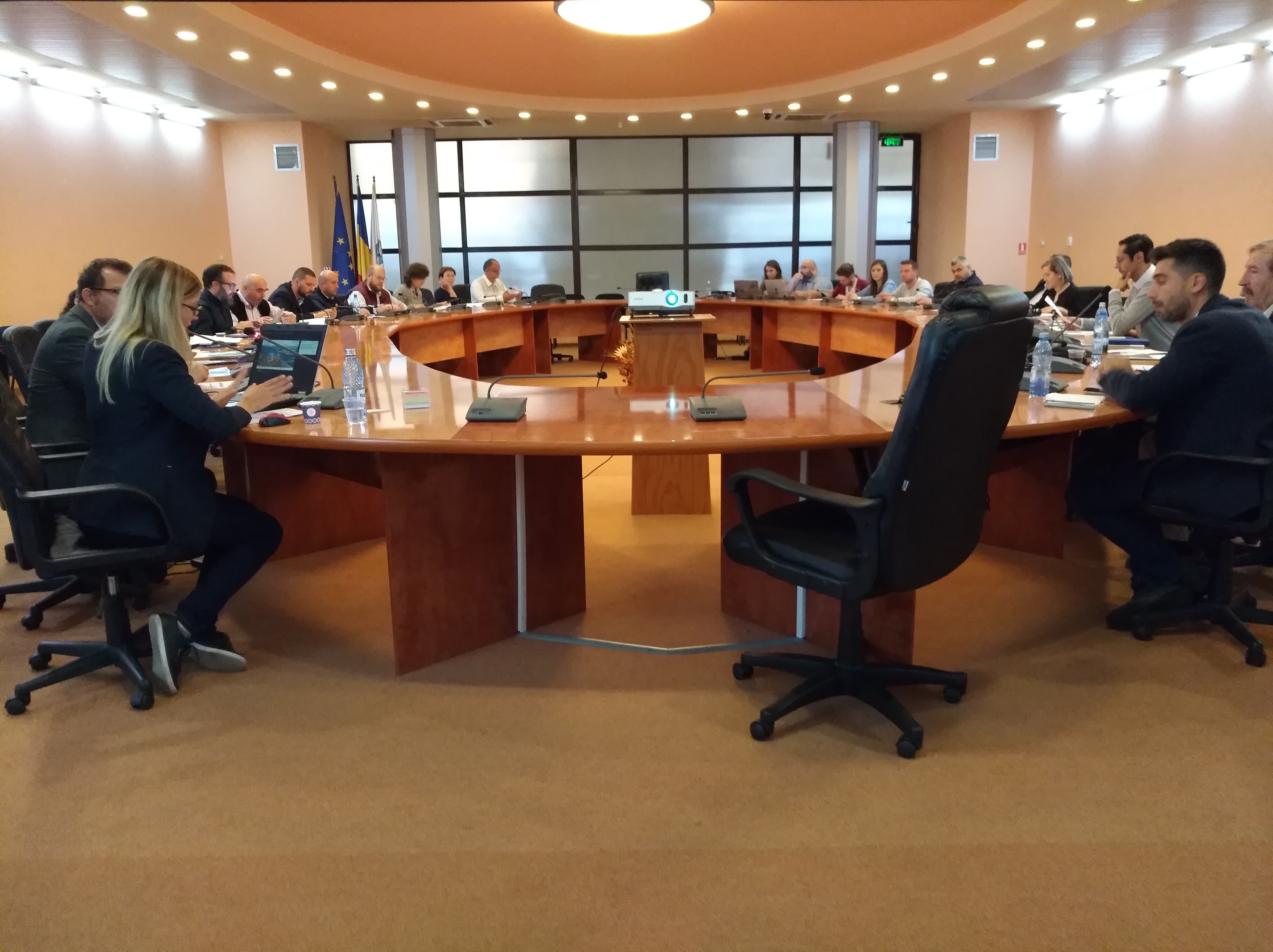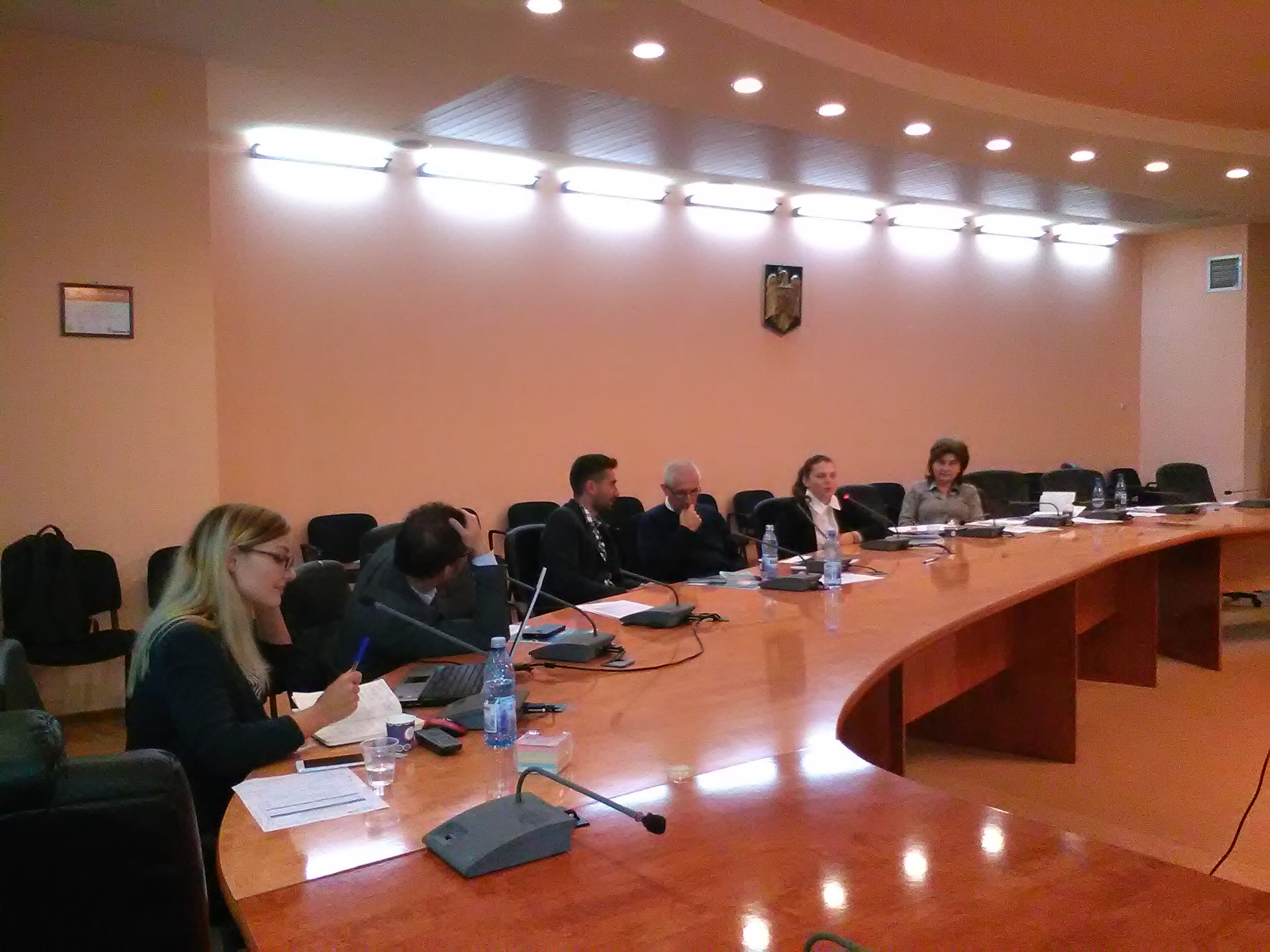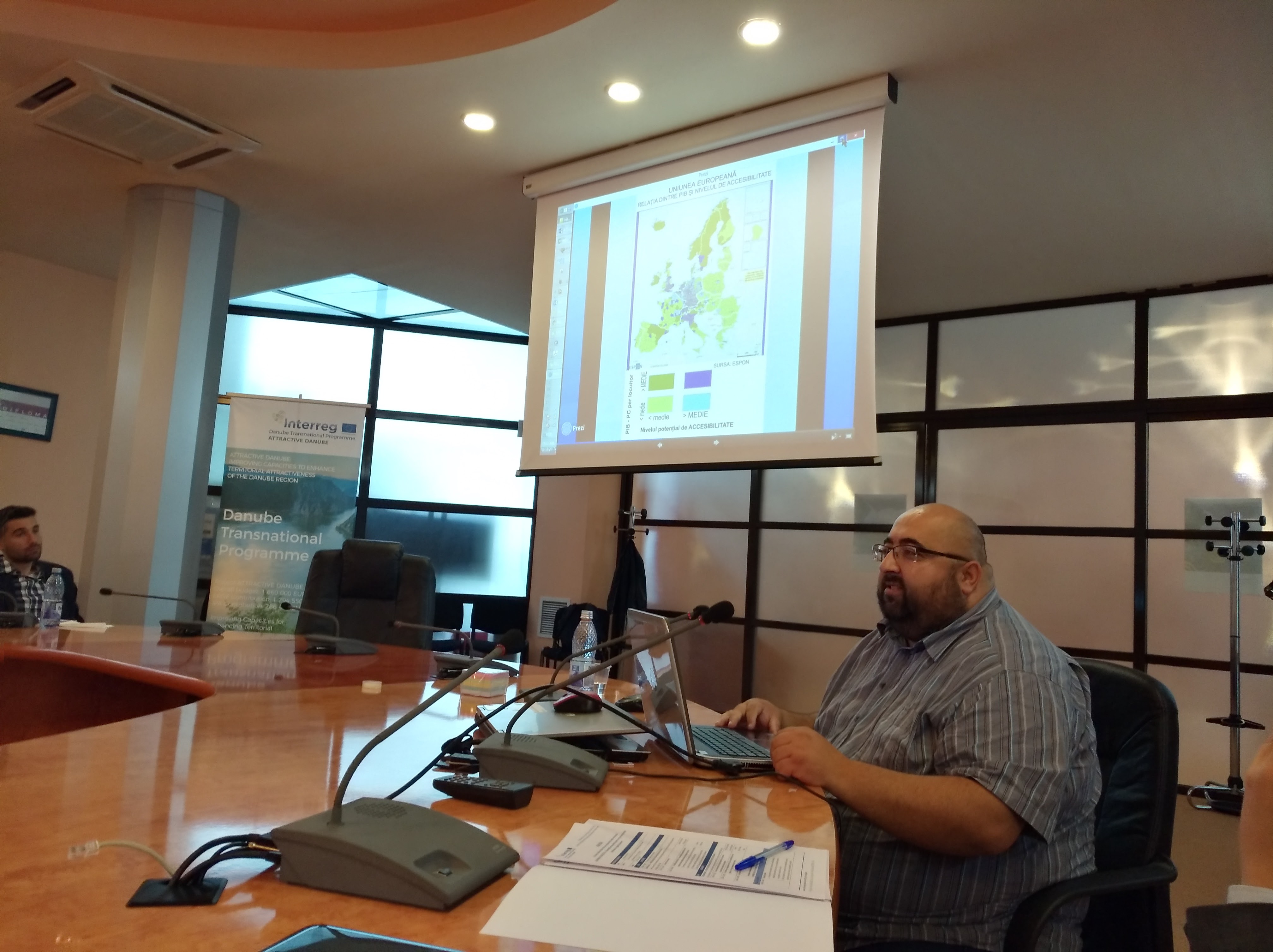The second national Romanian „ATTRACTIVE DANUBE” workshop was organized by URBASOFIA on October 18th 2017, in Brașov, with the support of the Brasov Metropolitan Agency, Brasov City Hall and the CLUSTERO Association. The meeting was part of a suite of three such workshops under the ATTRACTIVE DANUBE project, aimed at jointly identifying the national-specific sets of indicators that can be used to monitor and assess attractiveness at different territorial levels. The first working meeting took place on 29 June 2017 in Bucharest and was organized at the Romanian Register of Urban Planners, aiming to open the dialogue with professionals, institutions and the central administrative level. Following this discussion, the meeting on 18 October was organized in order to bring the discussion closer to local problems, solutions and specificities, but also regional-specific traits in Romania.
FULL MINUTES IN ROMANIAN: [LINK]
PRESENTATION PACK COMING SOON!

With 30 participants from the public administration (Regional Agency for the Center Region, Brașov County Council, Brașov Metropolitan Agency, Municipalities of Brașov, Codlea, Săcele, the City of Râșnov, Vulcan Commune), Local Action Groups (LAG Ținutul Bârsei), Clusters and incubators (Technology and Innovation Cluster, Green Energy Cluster, the Association of Romanian Incubators and Business Centers, CLUSTERO) as well as professional associations (Romanian Architects’ Union, Romanian Scientists’ Academy), the meeting was a success – both in what concerns reaching to the root of many national/regional development barriers as well as addressing potential ways to assess, change and monitor these problems.

The meeting aimed at generating an open discussion on the following three topics:
- Key territorial capital components in Romania and modalities of quantification: What are the national and regional specifics in our country?
- Data, indicators and information: What are the needs (data, indicators, capacity, platforms) in the territorial planning process?
- Can a specific set of indicators for territorial attractiveness (available and concrete), be identified, and can that be an operational tool for measuring and monitoring the Romanian territorial attractiveness in the context of the Danube Region?
The 5-hour meeting was productive – many important local needs and specific territorial traits at regional and national level have been analyzed, and the participants identified and ranked based on importance a first set of territorial attractiveness indicator categories. These indicators will complement the 22 general ATTRACT-SEE indicators previously developed, on which the ATTRACTIVE DANUBE project relies.
We would like to thank all participants for their active involvement and their input! In February 2018, the third workshop at the national level will be organized, and we will announce its location soon. But until then, this is our to-do list:
- Expanding the working group at Romanian level with the relevant actors / institutions involved in substantiating and elaborating Romania’s planning and territorial development policies, and informing them about the Attractive Danube Project;
- Drafting the extensive list of attractiveness indicators, which will be shared with the participants and other relevant stakeholders at central, regional and local level in Romania, in order to gather additions / positions and to continue the dialogue in the preparation of the third workshop.
Stay tuned and follow ATTRACTIVE DANUBE on: Facebook | Twitter | DTP Website


